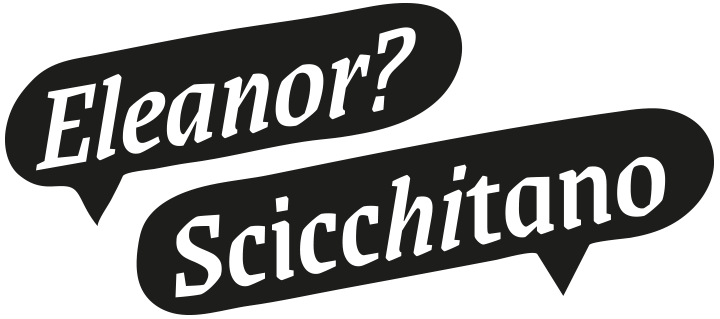Artbank, Sydney
22nd November 2018 – 8th February 2019
A Vacant Space
We are told that actions speak louder than words, but what about that moment before an action, or the time that immediately follows? Gestures have the ability to shift time, to bend it, leaving a gap, an aching space in their wake. A car crashing towards us seems to slow down, our body bracing in advance of impact. In the aftermath, we are left with a trace, we can sense clearly the effect of the bang, and then its quick dispersal.
This exhibition wishes to see artworks as a staged event or action in the gallery space. It is not the work itself necessarily that brings us together as an audience, but the experience of being with the work in a shared space. The artwork sets up a potential force that we react to and feel well before we make sense of the work in any textual or iconographic way. Artists have long used movements, actions and gestures in their work to bend time and space, and to highlight the way in which bodies relate to the environment around them. It is this being in the world that has a universal hold over all of us in a profound way. The gestures, whether enacted in a way that fits the world in which they are placed or at odds with it, encourage a moment to think about our place in the world.
Clare Rae moves her body into new positions within a domestic space, documenting these moments as she goes. Her body stretches, connecting a wall to a chair, a chair that she stands on rather than sits. She crouches like a mushroom on top of a table, occupying the space where food or objects typically sit. Her camera captures her mid-movement, creating a tension. Her body is frozen, not allowed to go backward or forward. The action can never be completed. By halting these movements, what would normally be a fleeting moment of disruption becomes an extended meditation, and we are encouraged to take this time to think about the place of this body in this space.
In a similar way, multi-disciplinary artist Nicole Monks also positions her body in space, here in the landscape. This is an image of power, from the stance she adopts, to the costume she wears. We discuss power poses, made popular in the 1980s, when women were taught how to stand to make themselves feel bigger, to take up more space and to be present within it. Monks poses in the frame, assuming the stance of an emu. With one arm bent upwards, she not only mimics its long neck and beak but also flexes her muscles. She wears a Wonder Woman costume embellished with elements from her Aboriginal heritage: her cape replaced by an Aboriginal flag, her wrist guards formed from bark. This image combines elements of Monks’ own mixed heritage: Yamatji Wajarri, Dutch and English blood runs through her veins. This pose, this costume, demonstrate Monks’ strength, drawn from her mixed heritage. Her image is not contained by the frame but rather feels as if it expands out and into the gallery.
But for other artists it is the aftermath that is important, that place where an action has happened. It is the weight in the air following this movement that can be felt. A space that is pregnant with meaning, though we are not always able to find what this is. For some, it is about capturing the remnants of a performance, like the objects that the Currie sisters have left in the gallery. During opening night these objects were active in the performance, before sitting quiet, empty and still throughout the rest of the exhibition. Painter Huseyin Sami coats his canvas in thick layers of pastel paint, before slicing through them in sharp, curved slashes. Looking upon the elegant image, you can almost hear the swoosh when the knife sliced cleanly through the canvas. Sami is pushing the limits of his medium, capturing a movement on a two dimensional surface.
Moving through the space, it is my intention that the audience experiences this expanding and contracting of time and space. A series of rapid movements, frozen in time, are bunched closely together, the eye never able to settle on just one pose. Moving through, the space between the actions grows larger, and the audience is invited to meditate on the actions on display, and those that have already taken place. The gallery becomes a home for these movements, objects that challenge ideas and remake the world around them. The air itself becomes heavy with expectation and a new way of moving. Time is tested, and stretched.
